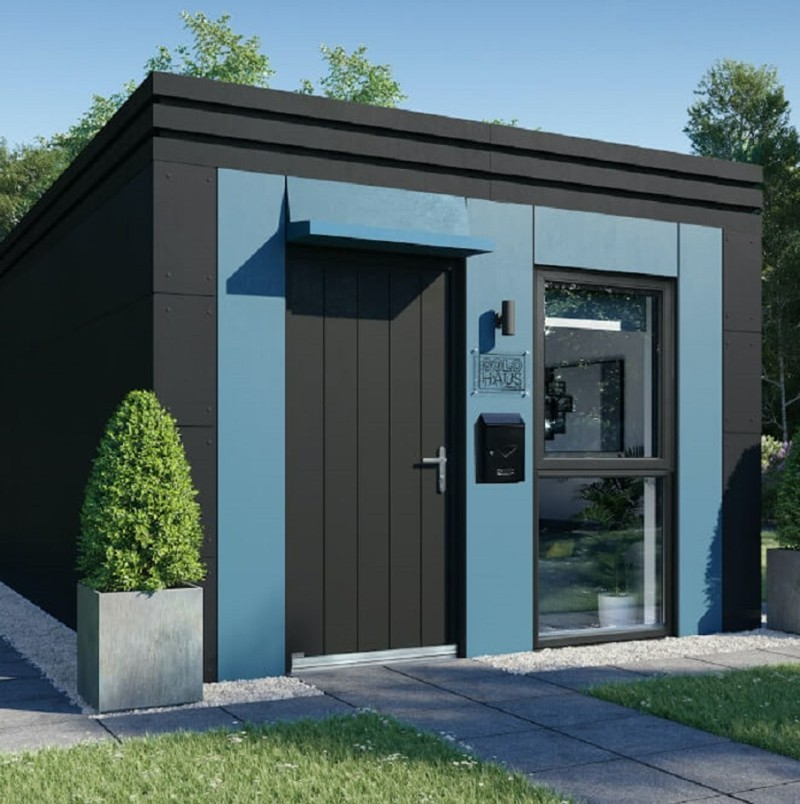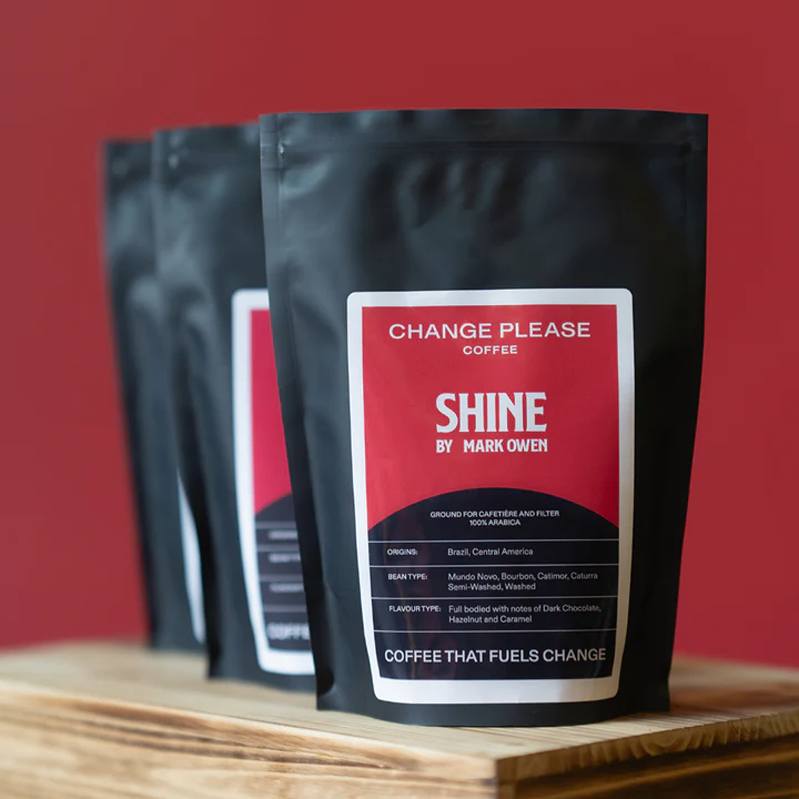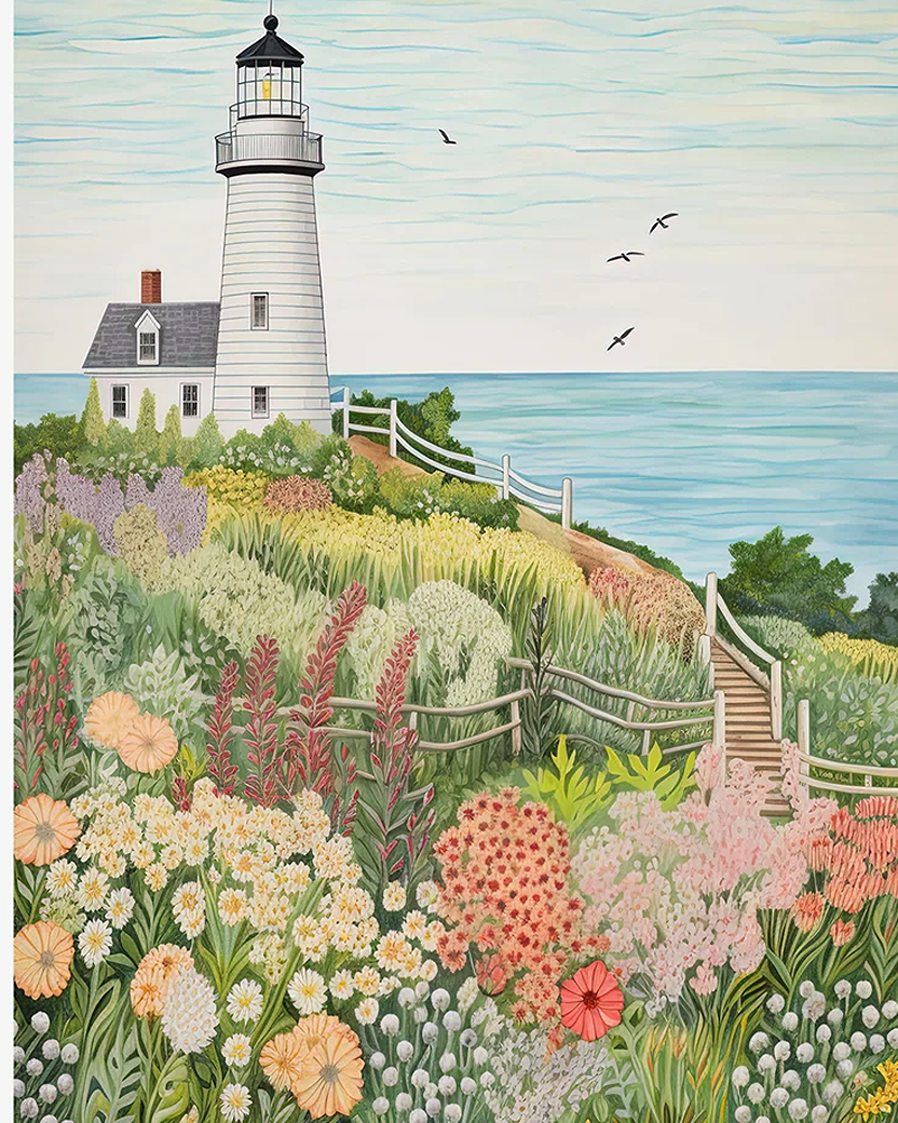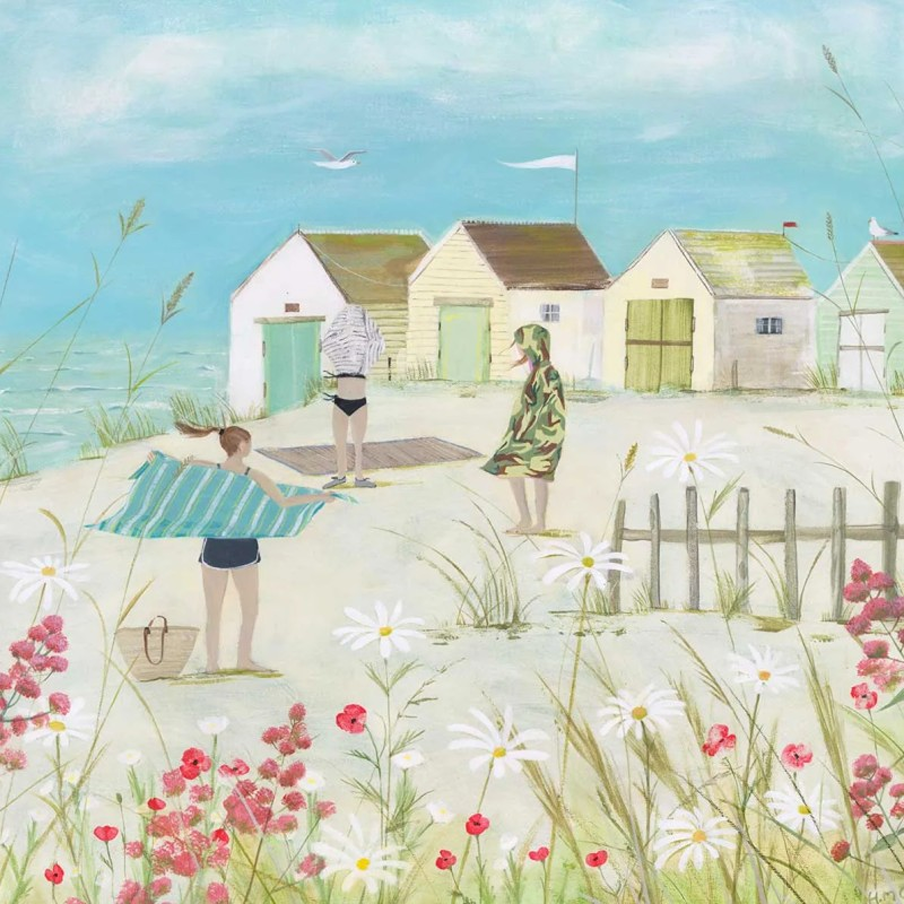
Current estimates are that there are around 250,000 to 300,000 homeless people in the UK, which includes rough sleepers alongside those in temporary bed-and-breakfast accommodation. What’s important is to ignore media and political views that being homeless is a ‘lifestyle choice’. Most times, it’s simply due to life events from escaping abuse to even falling behind with a few mortgage or rent payments. Other people end up on the streets due to mental health issues (often veterans) and some people have drug & alcohol addiction problems.
Being homeless is cold, lonely, dangerous and often very boring. The average age of a rough sleeper is usually no more than late 40s, and many people who live on the streets have dogs, who although often well-loved, also can suffer from freezing temperatures, boredom and danger.
Compared to many countries worldwide, England is a fairly affluent country. So why on earth do we have this amount of people literally living in cardboard boxes? Something has obviously gone seriously wrong, especially compared to countries like Finland (which has reached almost zero homelessness thanks to non-profit landlord Y-Säätiö that works with councils to build on-demand furnished M2-Kodit homes that are energy-efficient, with access to green space, public transport and laundries).
Although well-meaning, throwing money at big charities to help the homeless obviously is not the answer, or else we would have solved homelessness problems long ago?
if you’re homeless, you can still claim for benefits
Many people who are homeless wrongly assume they are not entitled to claim benefits, as they have no fixed address. Of course, claiming benefits when you’re vulnerable is the whole point of the system, to give you money to eat, keep warm and attend job interviews and pay deposits for a more stable place to live. You can still claim Universal Credit, and just give the address of a family member or friend, a local hostel or even local job centre, so be sure to do so. If you don’t have a bank account, you can use the government’s Payment Exception Service to collect your benefit from a local post office or PayPoint outlet.
simple alternatives to hostile architecture

Architect James Furzer was so appalled at so-called ‘hostile architecture’ (councils fitting metal bars and spikes to benches so homeless people can’t sleep on them) that he created ‘homeless pods‘ (modular shelters that affix to existing buildings and are warm, clean and safe). James says homeless people are often victims of theft and violent crime, and 10% have even been urinated on. Made from scrap materials, these pods can even be made to match the colour of host buildings, with stowaway ladders when not in use.
Recently, 3000 people signed a petition protesting against Selfridges installing spikes outside its premises. The store said the measure was taken to stop staff smoking, but others believed it was to stop homeless people bedding down for the night in doorways. A Tesco branch also had to remove deterrents, after complaints from local residents. And a block of London luxury flats had to remove hostile architecture, after a petition reached over 100,000 signatures. All were angry that councils believe homeless people are not welcome and ‘a problem to move on’, rather than actually doing something practical to help.
how to directly help rough sleepers
If you see someone sleeping rough, the best help is to send a report to StreetLink, an organisation that has local outreach teams that mostly visit rough sleepers at night, to alert them of support to find benefits and accommodation (if the person is under 18, call 999).
BillyChip is a nationwide ‘local currency’ named in honour of a former paramedic who died in a road accident. Independent shops sign up (it’s free) to receive starter kits with window decals. Local people then buy Billy Chips to give to rough sleepers, which can be redeemed at participating shops to buy a hot drink, food and dog food. Councils often advise not to give money to rough sleepers, so this gets around the dilemma, as you are helping direct, but the money can never be used to buy alcohol or drugs.
sleeping/shower ideas for homeless people
Sleep Pod is a £30 ‘sleeping tent’ that is resistant to rain and wind – it’s also insulated to protect against the elements, but lightweight & easy to carry. Sheltersuit is a wind-waterproof jacket with a large hood to shield the face from rain and streetlights, with a built-in mattress & pillow.
It’s important for health (not to mention finding jobs) for homeless people to keep clean. ShowerBox (London) is one of the few organisations that provides free showers. Inspiring ideas from abroad are Orange Sky Australia (offers mobile shower/laundry vans) and San Francisco’s Pit Stop (free public bathrooms for homeless people with running water, soap and hand towels, and areas to dispose of dog poop and needles for addicts).
how churches are helping homeless people

Aside from donating unwanted clothing to Salvation Army banks, the charity benefits from donations when you bank with Reliance Bank Ltd or take out SAGIC Insurance. The Sally Army is now offering Nap Pads (emergency accommodation in small pods that are light & airy with a window, secure front door, bed, toilet, hand basin and storage area, plus connection to heat, running water and phone charging). They even have sensors (similar to that preventing crib death) to alert people, if someone stops breathing.
Green Pastures is a great idea, where churches invest to buy properties to house homeless people (who in return offer 10 hours help a week). Rather than invest church funds on the stock market (Jesus would be proud!)
Church Homeless Charity is a smaller organisation that offers grants of up to £175, to help people move from rough sleeping to a hostel, or from sofa-surfing to a private tenancy. It receives no funding from the Church of England (which has an income of around £1 billion a year, with The Telegraph reporting it donates just 5% or so to charitable causes).
helping homeless people to find work
Obviously helping homeless people to find work is the best way to prevent homelessness, but it’s not so easy if you’re living on the streets, and don’t have a fixed address, access to work clothes and likely no references. A few organisations that can help are:
Beam (London) works by crowdfunding people who tell you their stories. Learn why they became homeless and what their dreams up, then pool together to help train them up. Recipients so far have become gardeners, beauticians, builders and support workers.
Emmaus has nationwide shops where you can donate unwanted furniture and white goods, which are restored (and PAT-tested for safety) by homeless people who receive jobs, training, homes and income in return. This charity was founded by Catholic French priest Abbé Pierre, after he heard of a baby who had died on the cold Paris streets (and a young women who froze to death, clutching her eviction notice).
The Big Issue is a magazine founded by Sir John Bird, who began his life as a London-Irish scallywag, went to prison (where he trained in print-making) and now sits in the House of Lords to help change policy on homelessness. Sellers receive a starter kit and earn a good portion of the income from each magazine sold on their patch. There’s also a version for northern England (and you can subscribe online if you don’t live near a local vendor).
affordable housing ideas for homeless people

SoloHaus homeless pods are light and airy modular homes that are quick to build and easy to transport, and can be adjusted in size or added together, to accommodate homeless families. They are delivered fully-furnished with fitted kitchens, low-energy white goods and cabling for broadband and TV. Likely inspired by Seattle’s City Pods (above) that are assembled in a few hours to convert vacant offices & warehouses into fully-furnished fire-compliant housing (designed to last 10 years). Another good ‘flat pack’ house company is Italy’s MADI (these can be built in 3 months, and are even earthquake-proof, so good to house homeless people abroad after natural disasters).
Many organisations are now using decommissioned buses to help homeless people. Buses 4 Homeless converts London double-deckers into areas for sleep, cooking, training and holistic support. Blackpool also has its own Big Red Night bus that offers a warm safe place to at night with laundry & shower facilities. And Australia’s Sleepbus has climate-controlled pet-friendly sleep pods with lockable doors and toilets (including a Pink Sleepbus to help help families escape domestic violence).
a coffee social enterprise to prevent homelessness

Change Please is an amazing social enterprise that began in London, by training up homeless people to become baristas, and today has its own line of fairly-trade sustainable coffee, both as beans and ground coffee, to serve with organic oat barista milk for a frothy coffee treat. You can also find their coffee at nationwide outlets (wholesalers can receive custom equipment and coffee start-up kits, with all profits going towards ongoing barista-training programs.
Avoid caffeine for pregnancy/nursing and affected medical conditions (NHS says 1 cup of weak coffee or 2 cups of weak tea is fine, but coffee shop drinks tend to be higher in caffeine). It’s best to just bin coffee grounds (adding to compost could harm garden creatures, due to caffeine).
Began as a single coffee cart in London’s Covent Garden, today there are now training academies in London and Manchester, where homeless people get full training to end up working at either one of their 10 coffee bars in London or elsewhere. Although a third of people in England don’t drink coffee, the other two-thirds do, and becoming a trained barista is a very popular way to earn full-time income, which can then lead to sustainable homes and security. The program is open to people living in hostels or supported housing, those with rent arrears at risk of homelessness, and also people seeking refuge from abuse or people leaving prison.
Referrals are made via charity partners, government agencies, probation services and NHS community services. After a 3-day workshop to evaluate suitability, the core barista training begins, where trainees work part-time hours over 3 months, receiving the London Living Wage, and access to employment workshops, CV-writing sessions, mock interviews and optional therapy and physiotherapy. Along with paid annual leave, a 50% discount on food and non-barista drinks and complimentary barista beverages. The range includes ‘Two Giraffes’ coffee which employs 500 coffee workers during peak season to grow cash crops and a rainforest-friendly coffee from Brazil with a solar farm that also powers homes in the native area.
ideas to help dogs of homeless people

Of course, the best way to help dogs living with rough sleepers, is to find the humans they live with a pet-friendly home. The most practical way to help again is to find local shops participating in BillyChip (buy chips to give to homeless people, who can use them to buy dog food).
Dog’s Trust Hope Project offers free vet care with participating vets and support to find dog-friendly hostels (and can help sofa-surfers or those at risk of eviction).
There are also a few charities that use (mostly trainee) vets to offer free medical care (and often food) to dogs living with rough sleepers, which you may wish to donate to. These include:
- Dogs on the Streets
- StreetVet (also fosters dogs in case of hospital stays)
- Street Paws (runs first aid training for hostels)
Similar charities exist abroad like Pets of the Homeless (US) and Project Street Vet. In Sri Lanka, WE Care Worldwide helps street dogs vaccinations, vet treatment and community education – buy cotton t-shirts to support them. In Delhi, locals have created a waterproof dog bed for street dogs that combines recycled dog food bags, with jute cover & reflective piping.






